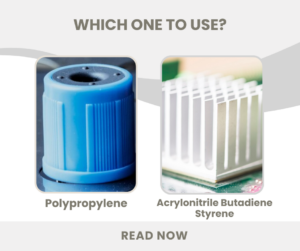
Polypropylene vs. ABS: Which One to Use in Consumer Electronics?
Polypropylene (PP) and acrylonitrile butadiene styrene (ABS) are two of the most commonly used plastics in consumer electronics. PP is valued for its lightweight nature and

Polypropylene (PP) and acrylonitrile butadiene styrene (ABS) are two of the most commonly used plastics in consumer electronics. PP is valued for its lightweight nature and

Complex parts. Tight tolerances. Unforgiving deadlines. In high-end manufacturing, CNC milling isn’t just a tool — it’s a strategic decision. But with so many variables
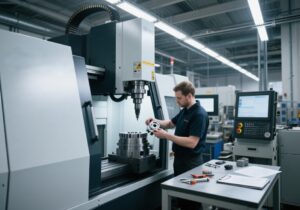
All the types of CNC machining convert parametric CAD geometry into optimized G‑code. With closed-loop servo control, sub-5 μm repeatability, and thermal drift compensation, CNC machines
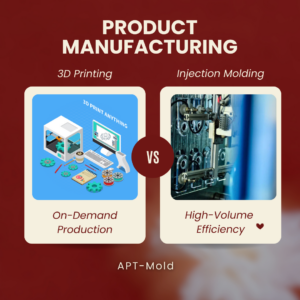
3D printing and injection molding are the two major production methods available these days, each offering unique advantages for product development. This guide explores the difference between 3D
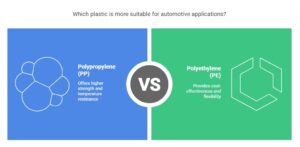
Polypropylene (PP) serves well as interior trim and bumper system material because it demonstrates thermal stability alongside its low density and chemical resistance. Polyethylene (PE)
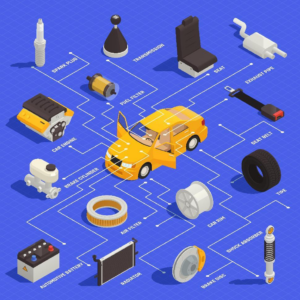
Automakers are relying on plastic materials more than ever to enhance vehicle performance, reduce weight, and improve fuel efficiency. Lighter cars that utilize plastic materials

Polypropylene (PP) and acrylonitrile butadiene styrene (ABS) are two of the most commonly used plastics in consumer electronics. PP is valued for its lightweight nature and

Complex parts. Tight tolerances. Unforgiving deadlines. In high-end manufacturing, CNC milling isn’t just a tool — it’s a strategic decision. But with so many variables

All the types of CNC machining convert parametric CAD geometry into optimized G‑code. With closed-loop servo control, sub-5 μm repeatability, and thermal drift compensation, CNC machines

3D printing and injection molding are the two major production methods available these days, each offering unique advantages for product development. This guide explores the difference between 3D

Polypropylene (PP) serves well as interior trim and bumper system material because it demonstrates thermal stability alongside its low density and chemical resistance. Polyethylene (PE)

Automakers are relying on plastic materials more than ever to enhance vehicle performance, reduce weight, and improve fuel efficiency. Lighter cars that utilize plastic materials